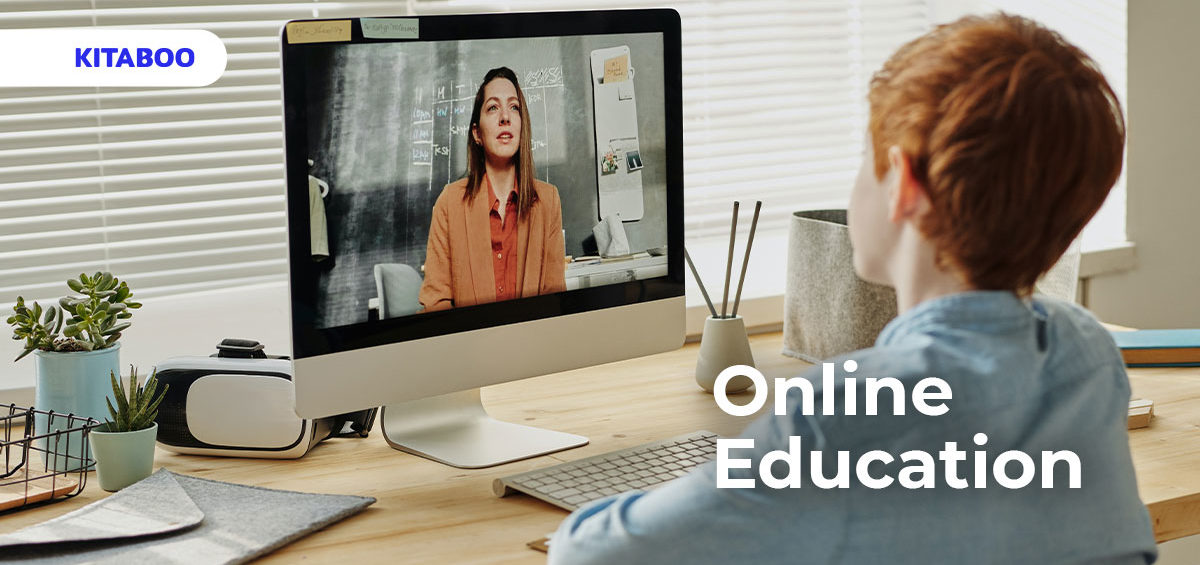Democratizing Education: The Role of Digital Platforms

Introduction
Education is the foundation of a prosperous and equitable society. However, access to quality education has historically been limited by factors such as geography, socioeconomic status, and systemic barriers. The advent of digital platforms has revolutionized the educational landscape, democratizing education and breaking down these barriers. This article explores the pivotal role of digital platforms in making education accessible to all, leveraging existing technologies, and providing real-world examples of their impact.
I. Bridging the Educational Divide
1. The Global Classroom: Connecting Learners Across Borders
Digital platforms have created a global classroom where learners from all corners of the world can connect, collaborate, and learn from each other. Massive Open Online Courses (MOOCs) have emerged as a powerful tool in this regard. Platforms like Coursera and edX offer free or affordable courses from prestigious institutions, enabling learners to access high-quality education from renowned professors. As former United Nations Secretary-General Kofi Annan once stated, “Education is a human right with immense power to transform. On its foundation rest the cornerstones of freedom, democracy, and sustainable human development.”
2. Breaking Geographical Constraints: Remote Learning
Digital platforms have shattered the limitations imposed by geographical distance, making education accessible to learners in remote areas. With the rise of virtual classrooms and video conferencing tools, students can now access educational resources and interact with educators regardless of their physical location. The COVID-19 pandemic further accelerated the adoption of remote learning, with platforms like Zoom and Google Classroom becoming integral to education. As Malala Yousafzai, Nobel Laureate and education advocate, once emphasized, “One child, one teacher, one book, and one pen can change the world. Education is the only solution.”
II. Personalizing Education: Catering to Diverse Learning Needs
1. Adaptive Learning: Tailoring Education to Individuals
Digital platforms leverage adaptive learning algorithms to provide personalized educational experiences that cater to individual learning needs and preferences. These algorithms analyze learners’ progress, strengths, and weaknesses to deliver customized content and targeted feedback. A notable example is the language learning platform Duolingo, which adjusts lesson difficulty based on a learner’s proficiency level and tracks their progress over time. As former President Barack Obama aptly stated, “In a global economy, where the most valuable skill you can sell is your knowledge, a good education is no longer just a pathway to opportunity – it is a prerequisite.”
2. Microlearning: Bite-sized Learning for Busy Lives
Microlearning has gained popularity as a way to deliver bite-sized educational content that can be consumed in short intervals. Digital platforms utilize this approach by offering short lessons, quizzes, and interactive exercises that can be accessed anytime, anywhere. This flexibility suits the busy lives of learners, allowing them to acquire knowledge at their own pace. TED-Ed, a platform that offers short educational videos on various subjects, exemplifies the power of microlearning. As Nelson Mandela once said, “Education is the most powerful weapon which you can use to change the world.”
III. Fostering Lifelong Learning and Skill Development
1. Continuing Education: Unlocking Opportunities
Digital platforms play a crucial role in promoting lifelong learning by providing opportunities for individuals to acquire new skills and knowledge throughout their lives. Online learning platforms like LinkedIn Learning and Udemy offer a vast array of courses that cater to professional development and upskilling. These platforms empower individuals to adapt to a rapidly changing job market and unlock new career opportunities. As American author and futurist Alvin Toffler proclaimed, “The illiterate of the 21st century will not be those who cannot read and write, but those who cannot learn, unlearn, and relearn.”
2. Skill-based Learning: Meeting Industry Demands
Digital platforms bridge the gap between traditional education and the skills demanded by industries. Platforms like Skillshare and Coursera for Business offer courses that focus on practical skills such as coding, digital marketing, and graphic design. This skill-based approach equips learners with the expertise required to thrive in the digital age. As Jeff Bezos, the founder of Amazon, once stated, “In the information age, the most valuable asset is knowledge.”
Conclusion
Digital platforms have emerged as transformative tools in democratizing education and breaking down the barriers that have long hindered access to quality learning. By bridging the educational divide, personalizing education, and fostering lifelong learning, these platforms have empowered individuals from all walks of life to acquire knowledge, develop skills, and shape their own destinies. As we continue to embrace the potential of digital platforms, we move closer to a future where education knows no bounds. To quote Nelson Mandela once again, “Education is the great engine of personal development. It is through education that the daughter of a peasant can become a doctor, that the son of a mineworker can become the head of the mine, that a child of farm workers can become the president of a great nation.”


